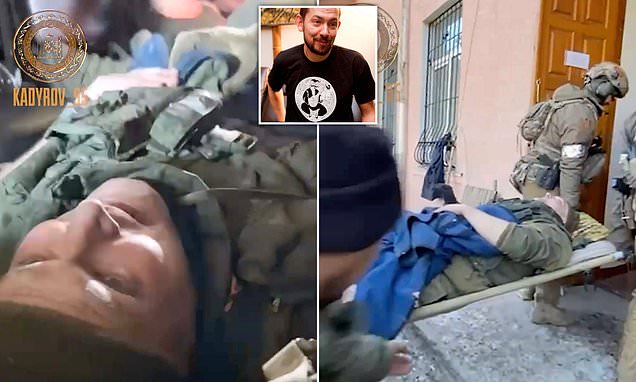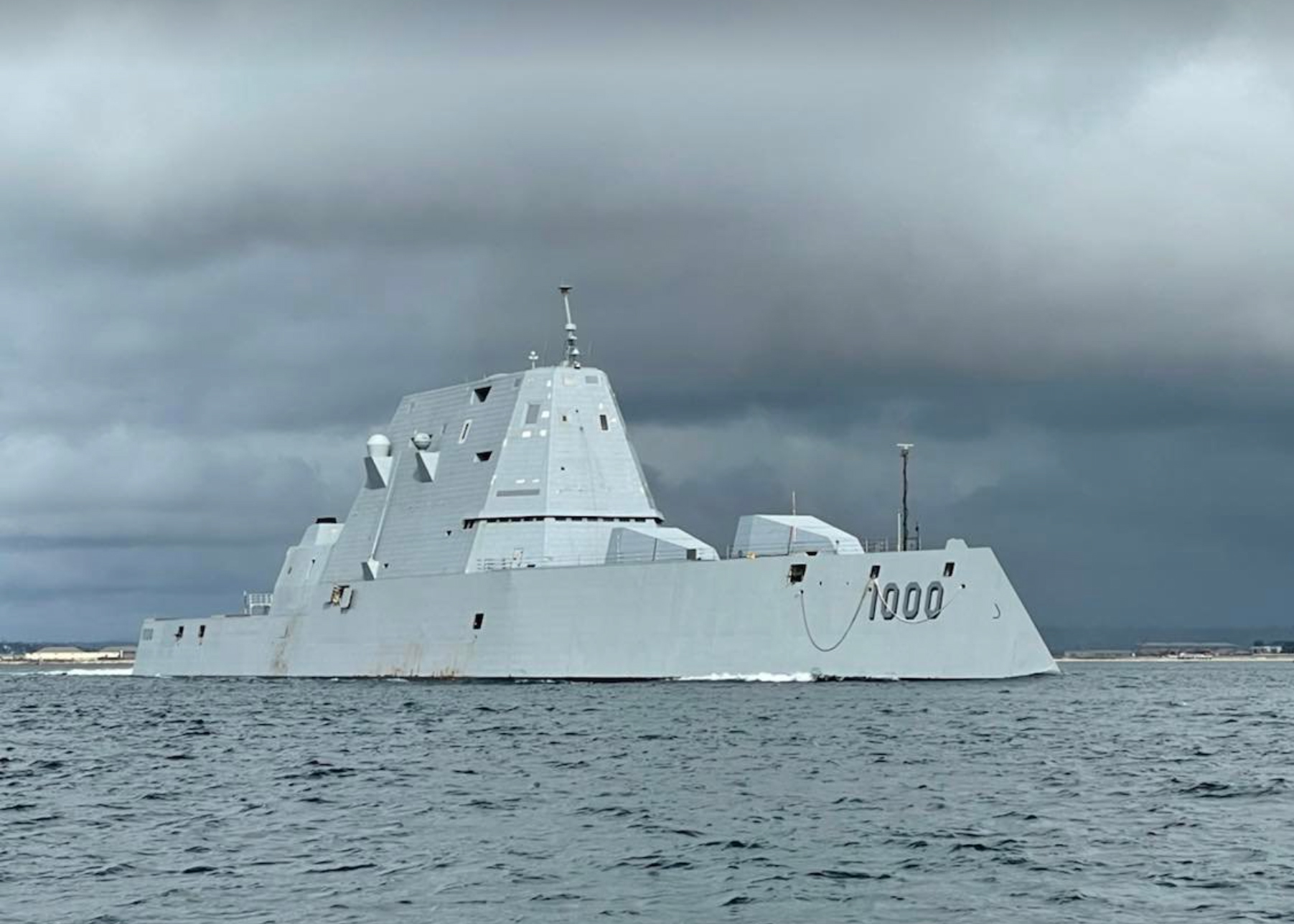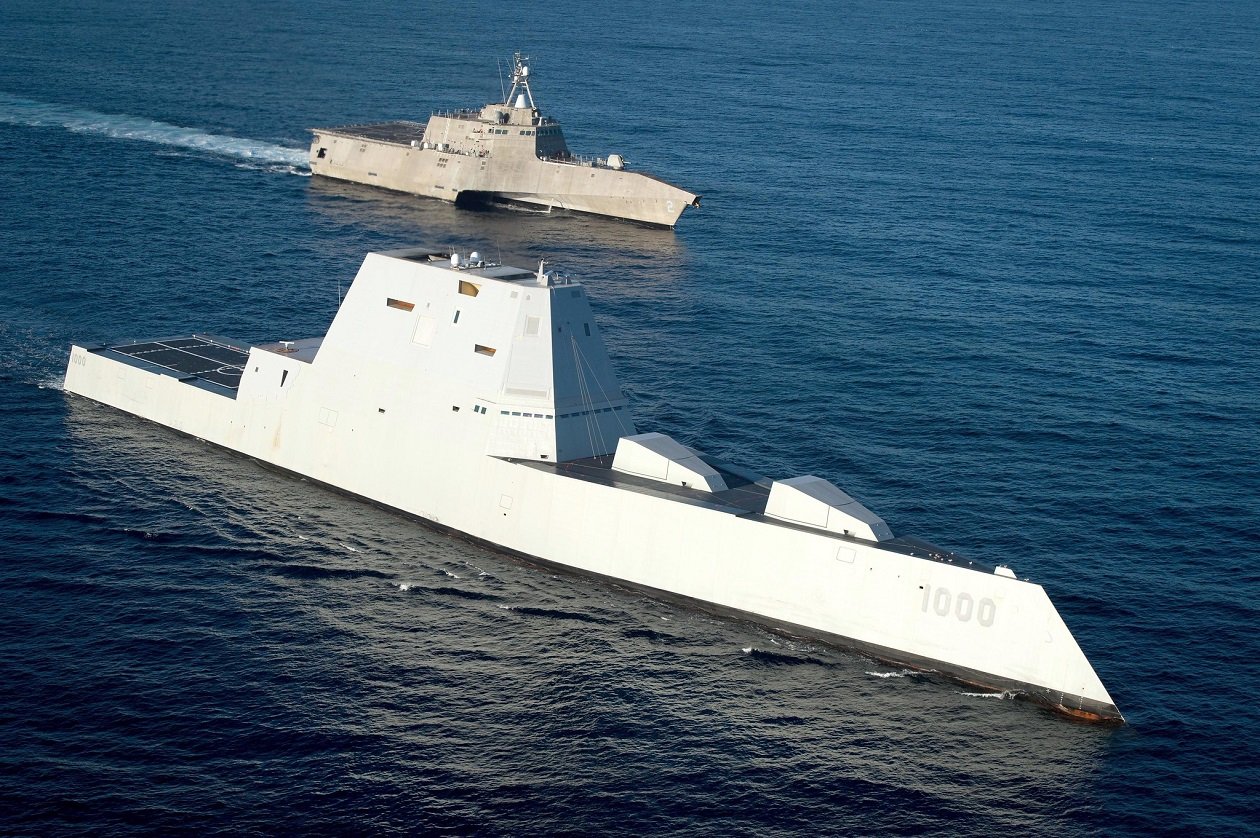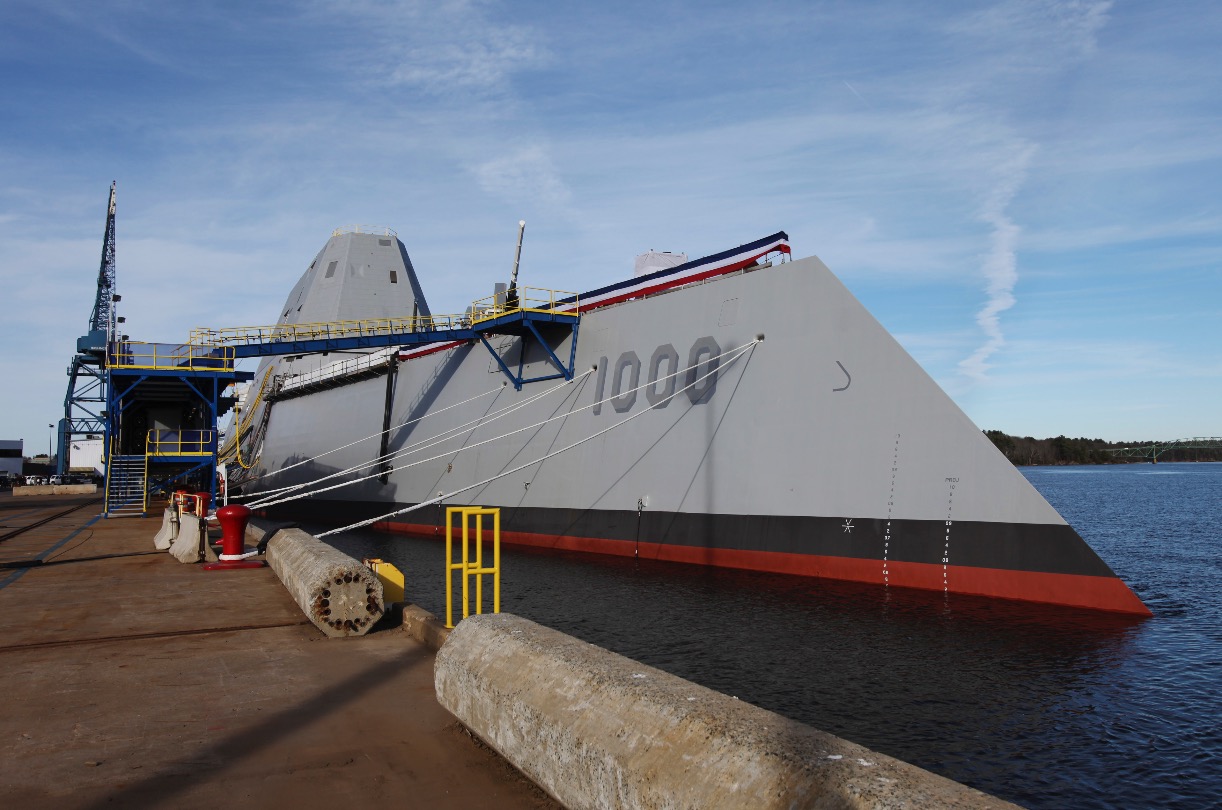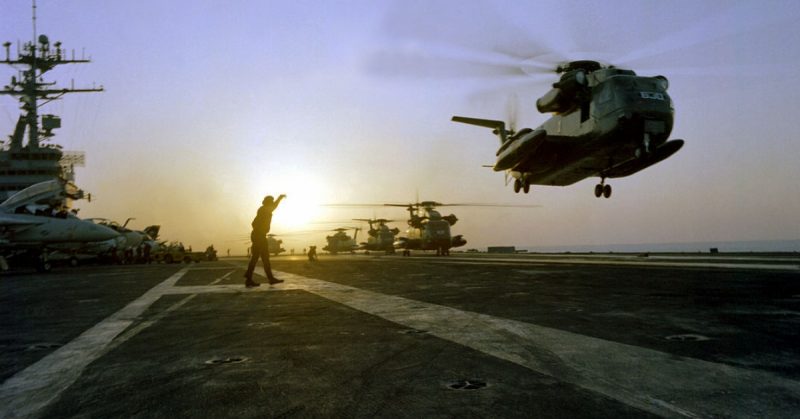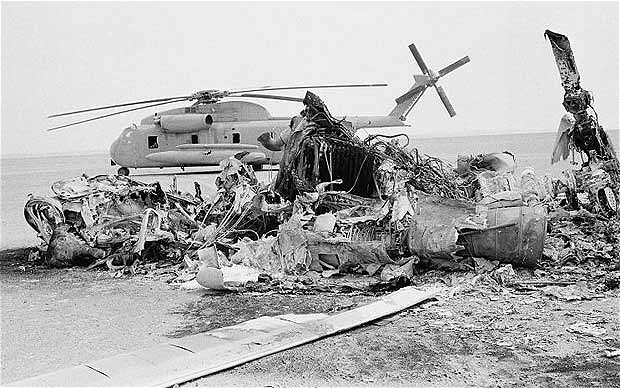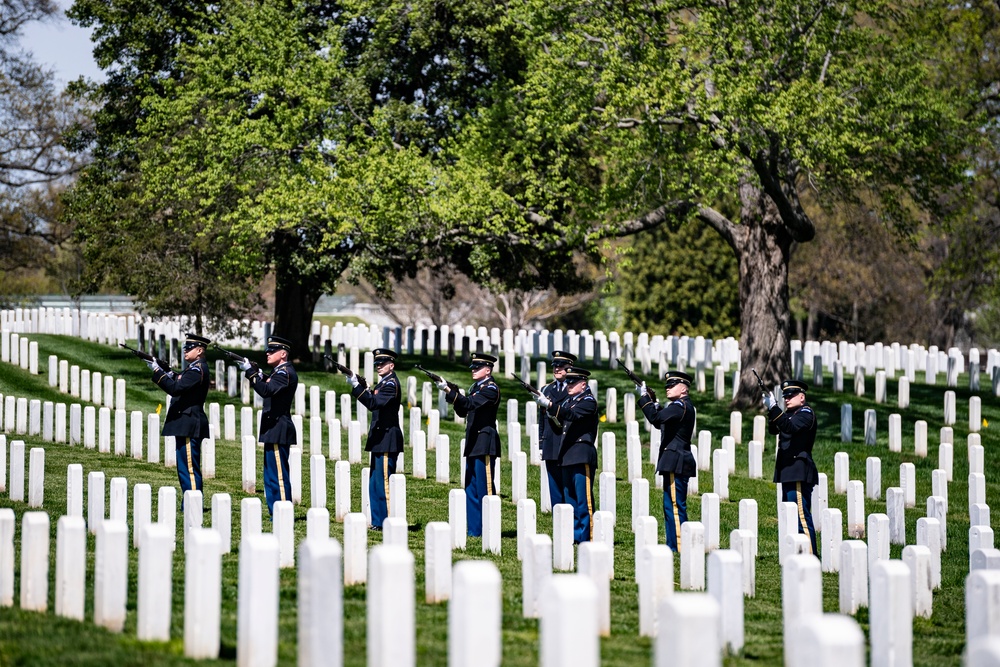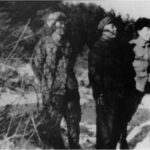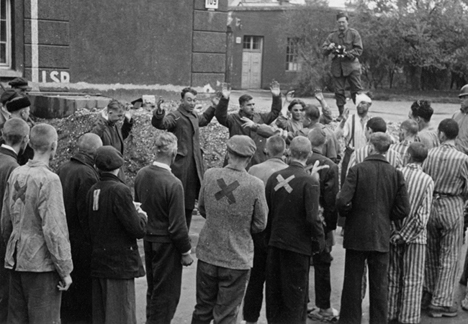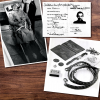BarnBuster
Virtually Unknown Member
April 19, 1775: At about 5 a.m., 700 British troops, on a mission to capture Patriot leaders and seize a Patriot arsenal, march into Lexington to find 77 armed minutemen under Captain John Parker waiting for them on the town’s common green. British Major John Pitcairn ordered the outnumbered Patriots to disperse, and after a moment’s hesitation the Americans began to drift off the green. Suddenly, a shot was fired from an undetermined gun, and a cloud of musket smoke soon covered the green. When the brief Battle of Lexington ended, eight Americans lay dead or dying and 10 others were wounded. Only one British soldier was injured, but the American Revolution had begun.
By 1775, tensions between the American colonies and the British government approached the breaking point, especially in Massachusetts, where Patriot leaders formed a shadow revolutionary government and trained militias to prepare for armed conflict with the British troops occupying Boston. In the spring of 1775, General Thomas Gage, the British governor of Massachusetts, received instructions from England to seize all stores of weapons and gunpowder accessible to the American insurgents. On April 18, he ordered British troops to march against the Patriot arsenal at Concord and capture Patriot leaders Samuel Adams and John Hancock, known to be hiding at Lexington.
The Boston Patriots had been preparing for such a military action by the British for some time, and upon learning of the British plan, Patriots Paul Revere and William Dawes were ordered to set out to rouse the militiamen and warn Adams and Hancock. When the British troops arrived at Lexington, a group of militiamen were waiting. The Patriots were routed within minutes, but warfare had begun, leading to calls to arms across the Massachusetts countryside.
When the British troops reached Concord at about 7 a.m., they found themselves encircled by hundreds of armed Patriots. They managed to destroy the military supplies the Americans had collected but were soon advanced against by a gang of minutemen, who inflicted numerous casualties. Lieutenant Colonel Francis Smith, the overall commander of the British force, ordered his men to return to Boston without directly engaging the Americans. As the British retraced their 16-mile journey, their lines were constantly beset by Patriot marksmen firing at them from behind trees, rocks, and stone walls. At Lexington, Captain Parker’s militia had its revenge, killing several British soldiers as the Red Coats hastily marched through his town. By the time the British finally reached the safety of Boston, nearly 300 British soldiers had been killed, wounded, or were missing in action. The Patriots suffered fewer than 100 casualties.
The battles of Lexington and Concord were the first battles of the American Revolution, a conflict that would escalate from a colonial uprising into a world war that, seven years later, would give birth to the independent United States of America.



